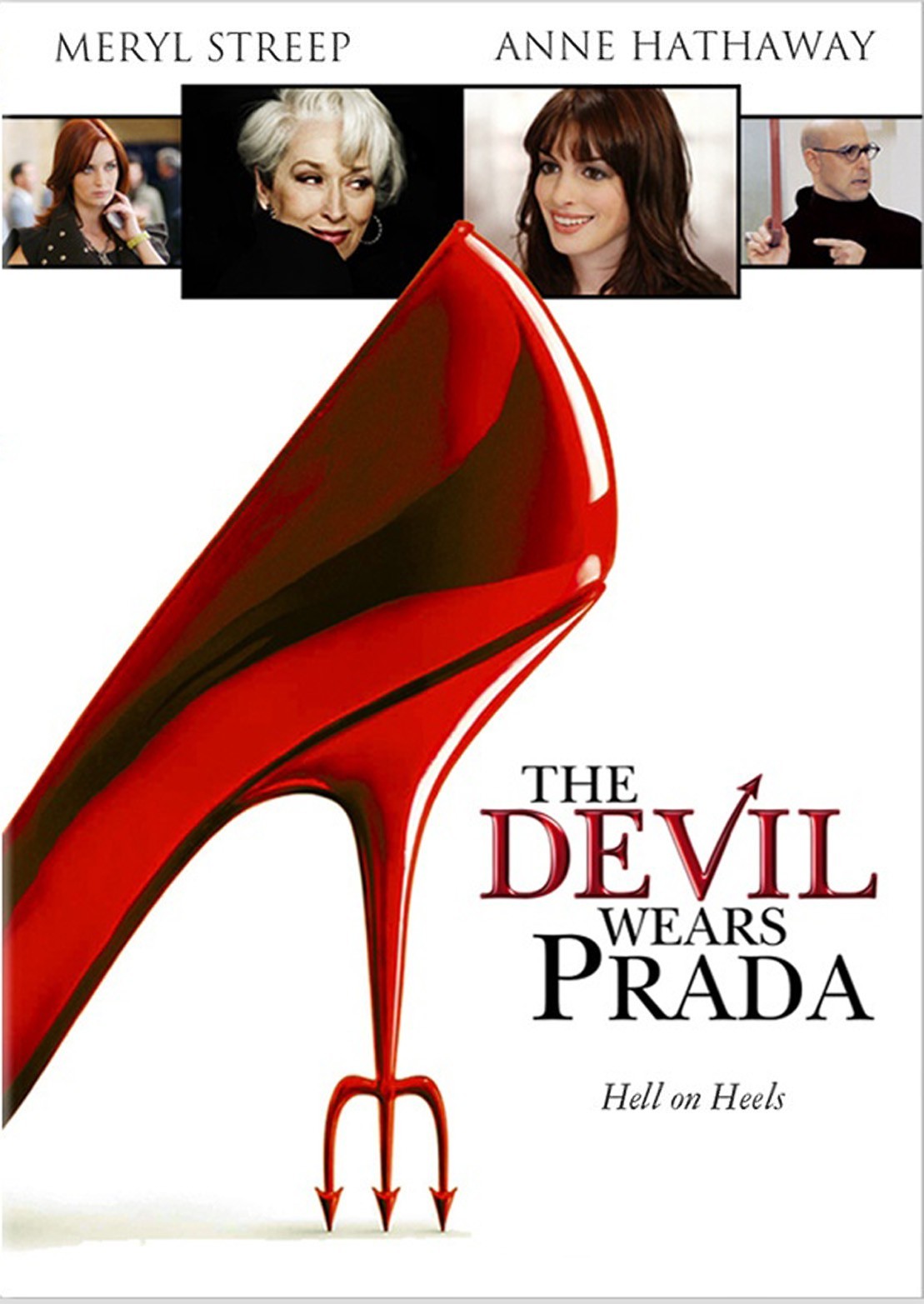CoCo Nuts
CoCo Nuts
Despite it being Coco Chanel’s 131st birthday yesterday, this is nothing to do with fashion. I’m also not talking about coca-cola (Coke), cocoa beans or Cocaine, or indeed coconuts. I’m referring to what I believe to be a wise move from the regulator, the FCA to ban the sale of CoCos (Contingent Convertible Securities). Now this may be a new one to you (and indeed most of us) however this is yet another example of a “clever” investments tool that brings with it the likely prospect of profit only in the direction of the product manufacturer and unlikely to be suitable for any normal investor. 
The story is familiar – potentially high returns. However these products are highly complex (to put it mildly). The regulator is concerned about financial advisers that use Discretionary Fund Managers (DFM), where sometimes these products are used. It is likely that the adviser does not realise – and almost certain that the investor doesn’t either. So the regulator has called time… or will do on 1st October 2014 for a year whilst restrictions about who can use these investments are carefully assessed.
This is not an issue for our clients. It is an issue for those with holdings managed by a DFM or stockbroker to manage their wealth. Great care is needed and this is precisely why you need a good IFA to assess portfolios, what your attitude to risk really is, along with obviously helping to figure out what returns you really need and why. It is my belief that the financial world is too complex and too treacherous for most investors to “go it alone”.
Contingent convertible instruments (commonly known as CoCos) are hybrid capital securities that absorb losses when the capital of the issuer falls below a certain level. They are risky and highly complex instruments.
Dominic Thomas


